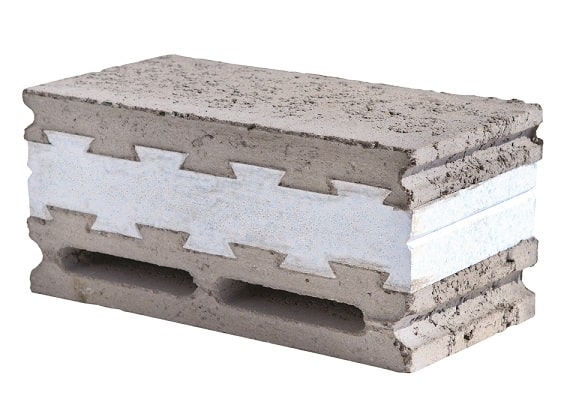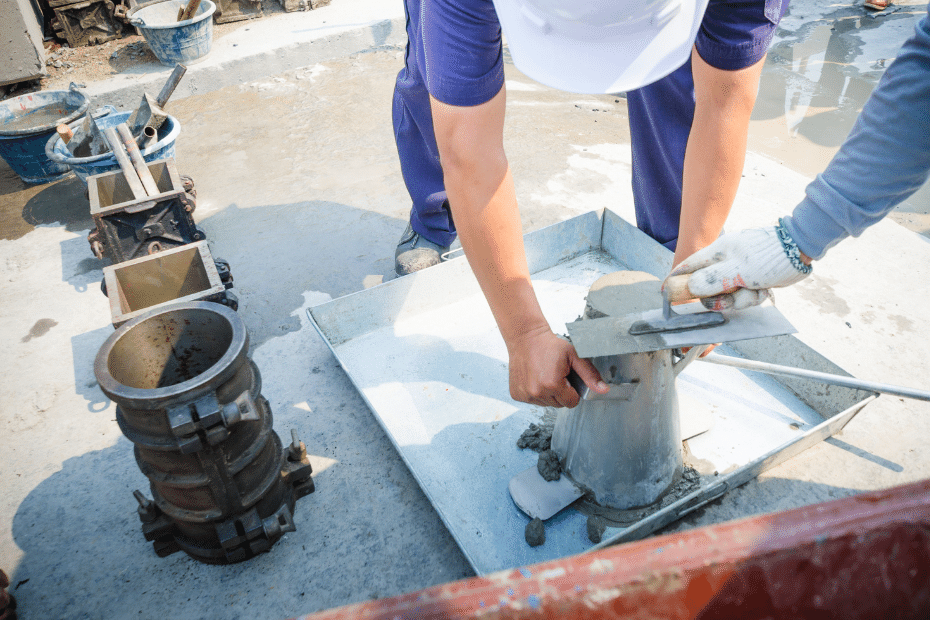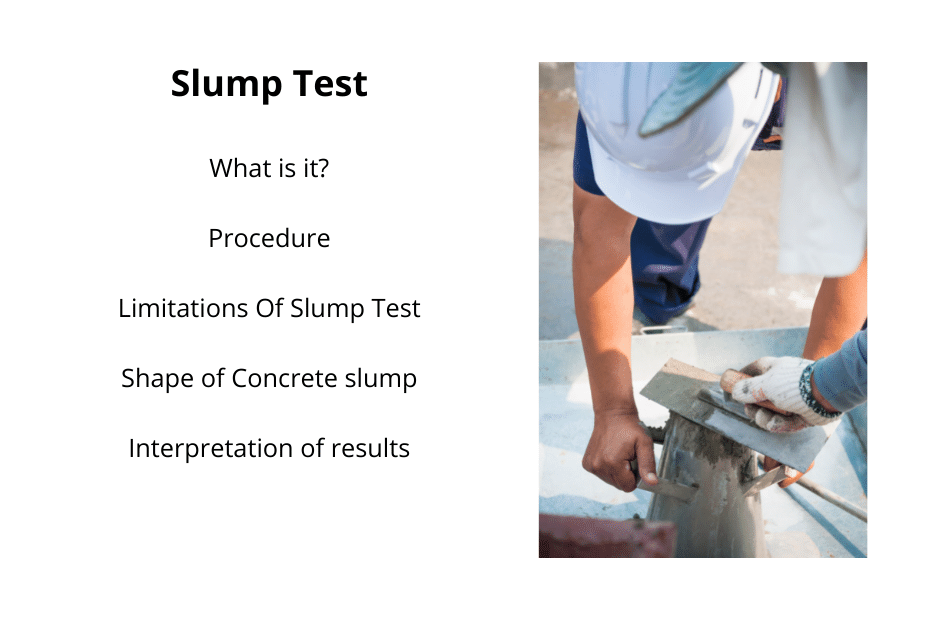Thermal blocks are special materials that are used to insulate against heat. They are often used in construction and industrial applications where heat needs to be controlled. Thermal blocks are made from a variety of materials, including metals, ceramics, and plastics. In this article we will talk of Reinforced Thermal Block.
What is Reinforced Thermal Block
The “Reinforced Thermal Block” is a new kind of construction block that is made up of two sheets of vibro-pressed concrete that are separated from one another by an appropriately formed core of expanded polystyrene (EPS) that varies in thickness depending on the amount of insulation that is needed.
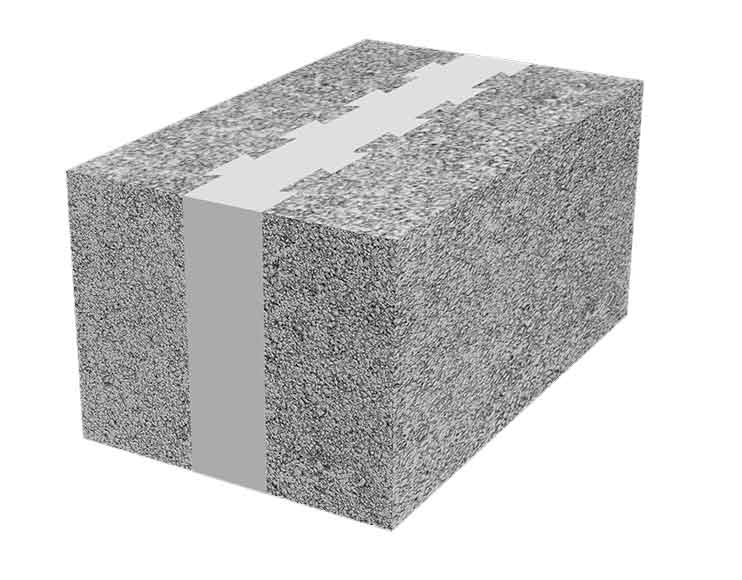
The concrete sheets are joined together within the block by four galvanised steel connectors that range from 1-2 millimetres in diameter. This results in the block functioning as a single body.
Infill walls of residential and commercial structures may be constructed using these insulating blocks. Infill of prefabricated industrial buildings or on-site castings may also make use of these blocks.
Aircrete thermal blocks
Aircrete blocks, also known as autoclaved aerated concrete (AAC) blocks, are thermal blocks with excellent performance that are created with precision using autoclaved aerated concrete (AAC) using sophisticated scientific methods. Aircrete blocks are also often referred to as AAC blocks.
Why thermal blocks are used
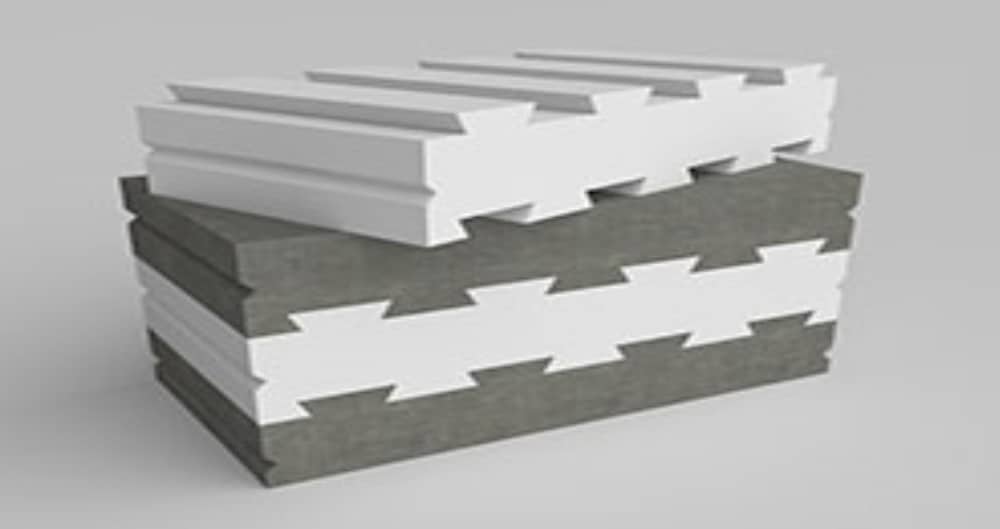
It is a fairly simple construction approach that makes use of the ease of constructing with solid walls while also improving the thermal efficiency and weather tightness of the structure. The formation of thermal bridges is likely at every point in the building fabric when an insulating envelope is interrupted by a component that is not itself insulating. When they are not addressed, thermal bridges may be responsible for as much as forty percent of the total heat loss of a structure. The amount of heat that is lost as a result of thermal bridging may be cut to less than 10% of the total amount by paying attention to these specifics.
Thermal block fixings
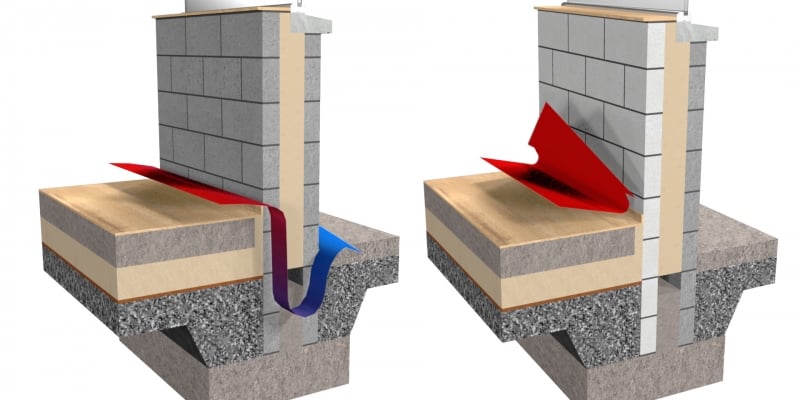
Thermoblock is a load-bearing insulating material block that is meant to be installed at the base of a wall constructed out of masonry or timber–frame to eliminate the thermal bridge. Its thermal conductivity is 0.05W/mK, which means that when utilised at wall to floor connections, it will result in a large drop in y values.
Its typical shear strength is 0.18N/mm2, and its mean compressive strength allows it to be employed beneath most load-bearing walls. Its compressive strength is 9N/mm2, and its shear strength is 0.18N/mm2. In addition, since they do not allow water to pass through them, they may be used in wet environments without the slightest compromise to their insulating capabilities. Thermoblock materials, which are used for thermal insulation, not only cut down on heat loss via thermal bridging, but they also act as a barrier against moisture.
